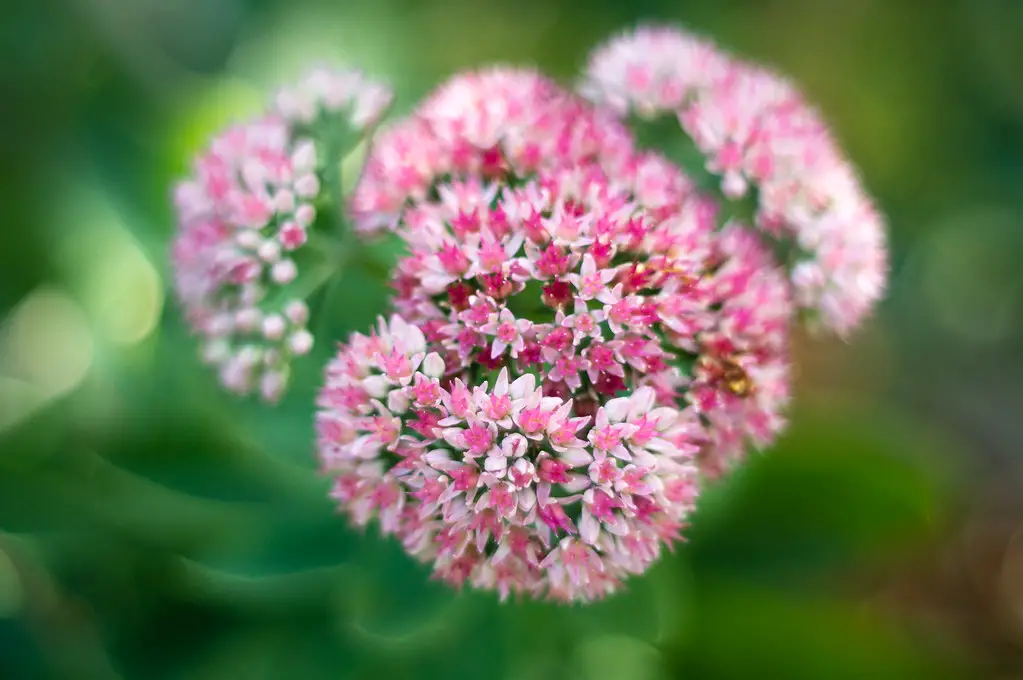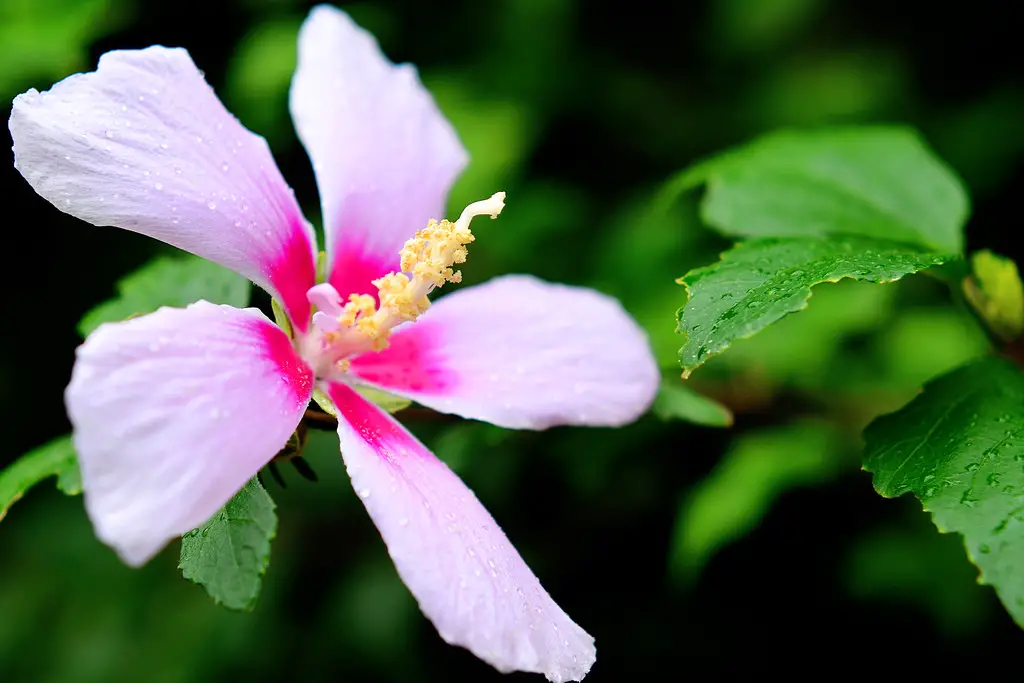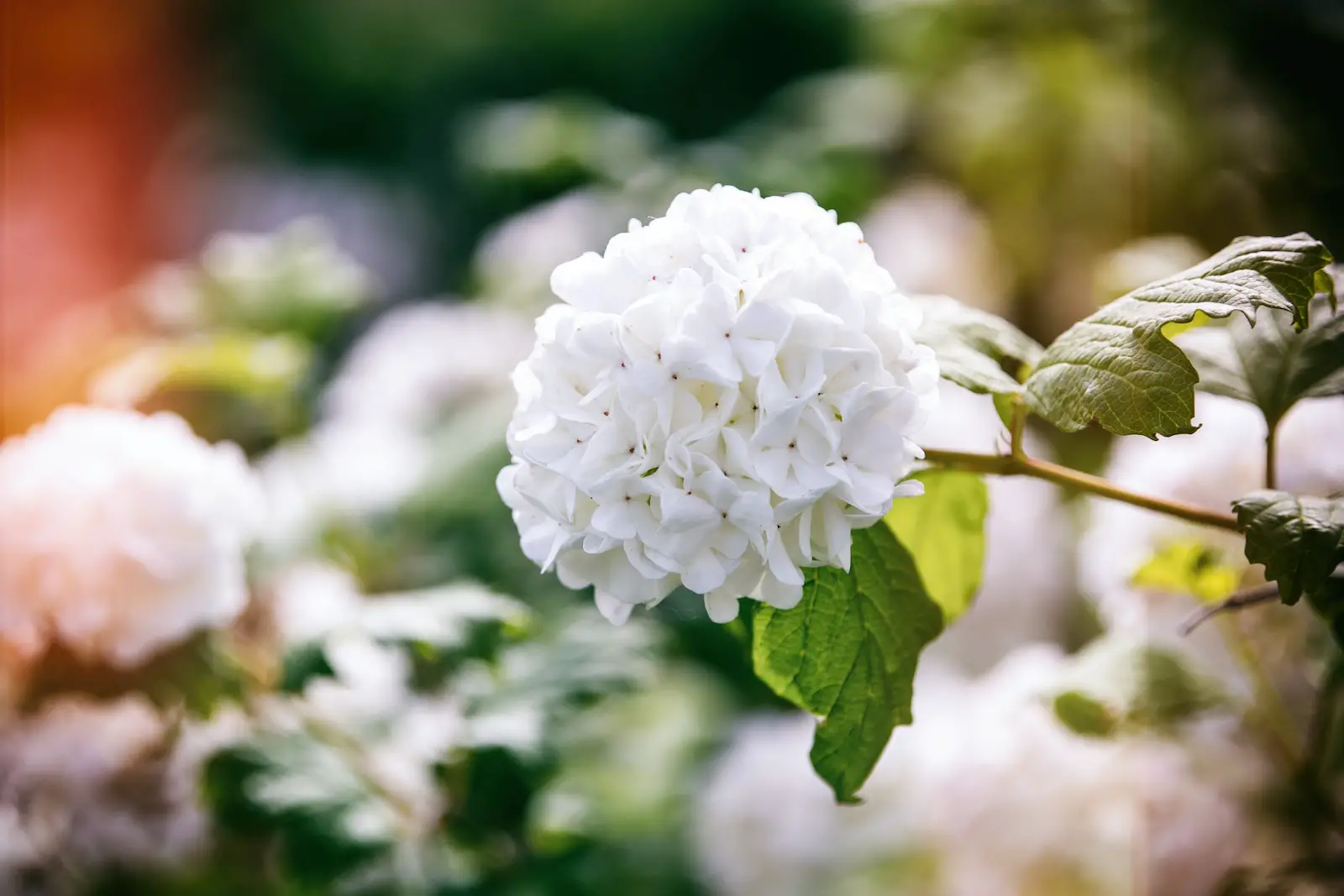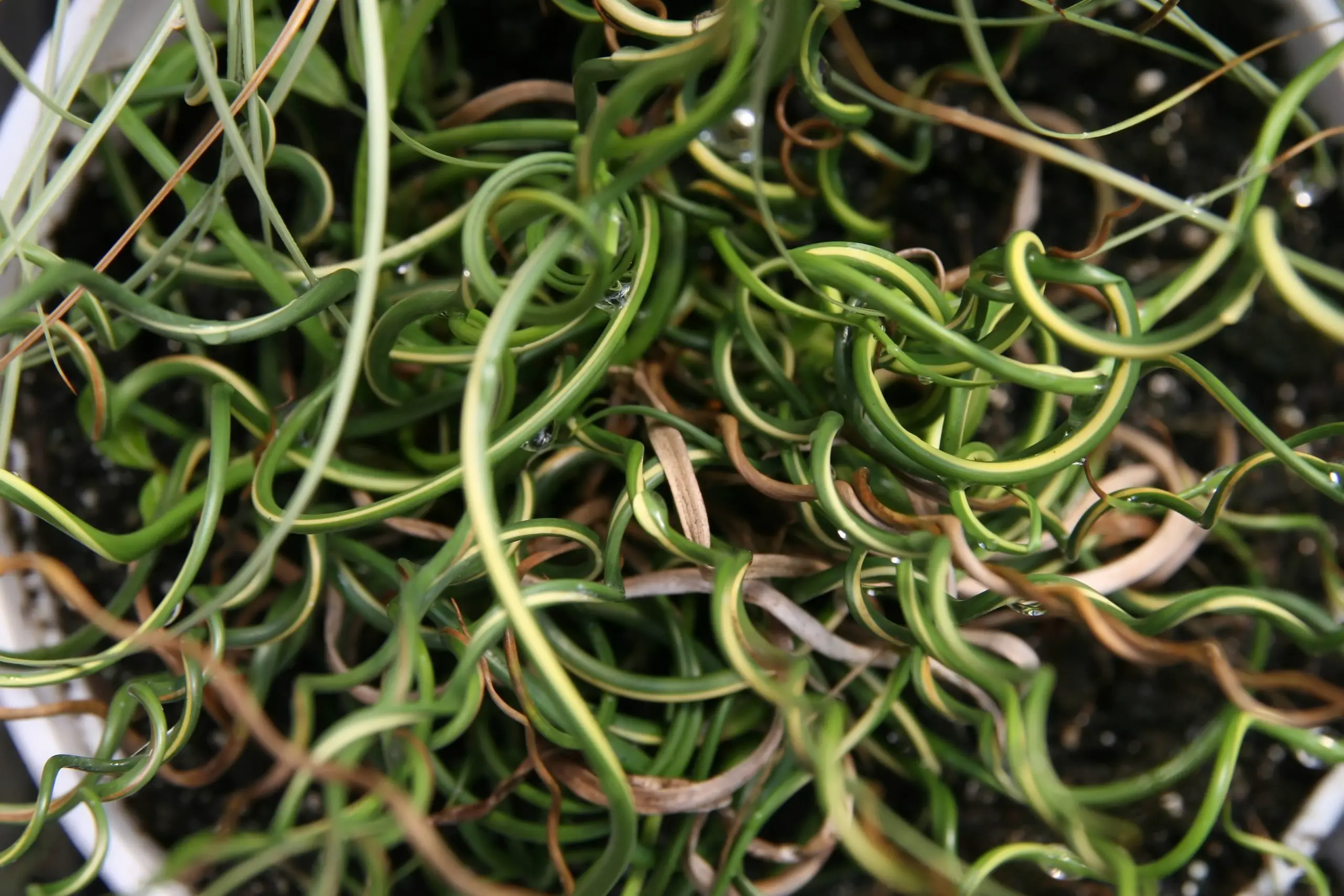Autumn Joy Sedum, a popular perennial, offers a striking blend of colors and textures throughout the year. During the spring and summer, its succulent green leaves provide a lush backdrop for other garden plants. As the summer fades, it produces large clusters of tiny, star-shaped flowers that transform from soft pink to a rich, coppery hue in the autumn. This gradual color change is one of the defining features of Autumn Joy Sedum and a visual highlight in many gardens.
Belonging to the Crassulaceae family, Autumn Joy Sedum, also known as Stonecrop, is appreciated for its hardiness and low maintenance. Its drought tolerance and ability to thrive in poor soil make it an ideal choice for xeriscaping. Furthermore, its nectar-rich flowers are a favorite of butterflies, making it a valuable addition to butterfly gardens.
Autumn Joy Sedum has a fascinating lifecycle, as its flowers remain attractive even after drying on the plant, providing continued visual interest through winter. Many gardeners appreciate its easy-care nature, combined with the visual spectacle it offers, making it a popular choice for gardeners at all skill levels.
| Attribute | Details |
|---|---|
| Common Names | Autumn Joy Sedum, Stonecrop |
| Botanical Name | Sedum ‘Autumn Joy |
| Family | Crassulaceae |
| Plant Type | Perennial |
| Mature Size | 18-24 inches tall |
| Sun Exposure | Full Sun |
| Soil Type | Well-Drained, Average Soil |
| Hardiness Zones | 3-9 |
| Native Area | Garden Hybrid |
Autumn Joy Sedum Care
Autumn Joy Sedum requires minimal care, making it a perfect choice for both beginner and experienced gardeners. It’s highly adaptable, thriving in a range of soil types and weather conditions. It prefers full sun and well-drained soil. Once established, it’s notably drought-tolerant, though regular watering during prolonged dry periods will help maintain its appearance.
A layer of mulch can be applied to conserve moisture and suppress weeds, but care must be taken to avoid covering the crown of the plant. While fertilizer is generally not needed, a light application of a balanced, slow-release fertilizer in the spring can be beneficial in poor soil.
Light Requirement for Autumn Joy Sedum
Autumn Joy Sedum thrives in full sun. While it can tolerate some shade, reduced sunlight can lead to leggy growth and decreased flowering. At least six hours of direct sunlight daily ensures healthy growth and abundant blooms.
Soil Requirements for Autumn Joy Sedum
This plant is adaptable to a wide range of soil types, including sandy and rocky soils. The key is well-drained soil; waterlogged soil can lead to root rot. Neutral to slightly alkaline soil is preferred, but Autumn Joy Sedum is generally tolerant of various pH levels.
Water Requirements for Autumn Joy Sedum
Autumn Joy Sedum has excellent drought tolerance but benefits from regular watering during dry spells. Avoid overwatering, as this can lead to root rot. A well-established plant requires little additional watering, making it an excellent choice for low-maintenance or water-wise gardens.
Temperature and Humidity
Autumn Joy Sedum is hardy in zones 3-9, tolerating a wide range of temperatures. Extreme heat may cause some stress, but generally, the plant is robust. Humidity doesn’t notably affect this Sedum, further contributing to its adaptability.
Fertilizer
Fertilization is generally unnecessary for Autumn Joy Sedum. If soil is particularly poor, a light application of balanced, slow-release fertilizer in spring can enhance growth.
Pruning Autumn Joy Sedum
Pruning is simple; spent flower heads can be deadheaded to encourage further blooming. Some gardeners choose to leave dried flower heads through winter, as they add visual interest and provide food for birds.
Propagating Autumn Joy Sedum
Propagation is easily done through division or stem cuttings. Divide the plants in early spring or late summer for best results. Stem cuttings can be taken during the growing season and planted in well-drained soil.
How To Grow Autumn Joy Sedum From Seed
Growing Autumn Joy Sedum from seed is possible but less common. Sow seeds in early spring in well-drained soil and keep them moist. Germination typically occurs within a few weeks.
Common Pests & Plant Diseases
Aphids
These can be managed through insecticidal soap or natural predators like ladybugs.
Root Rot
Caused by overwatering, this can be prevented by ensuring proper soil drainage.
Common Problems With Autumn Joy Sedum
Leggy Growth
This typically results from insufficient sunlight. Moving the plant to a sunnier location or reducing surrounding shade can correct the issue.
Weak Blooms
Poor flowering may be due to inadequate sunlight or overly rich soil. Adjusting sunlight and avoiding excessive fertilization can resolve this problem.
Pro Tips
- Plant Autumn Joy Sedum in rock gardens or along borders for visual interest.
- Pair with other drought-tolerant plants for a cohesive, water-wise garden.
- Consider leaving dried flower heads through winter for continued visual appeal.
- Avoid planting in low-lying areas where water may accumulate.



